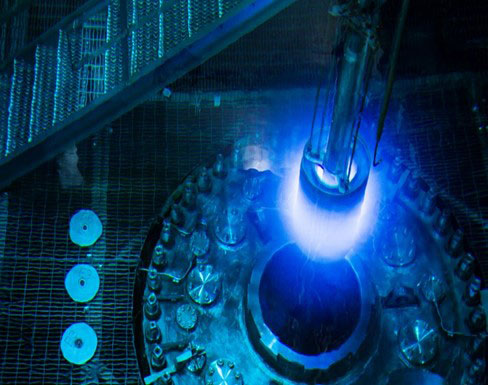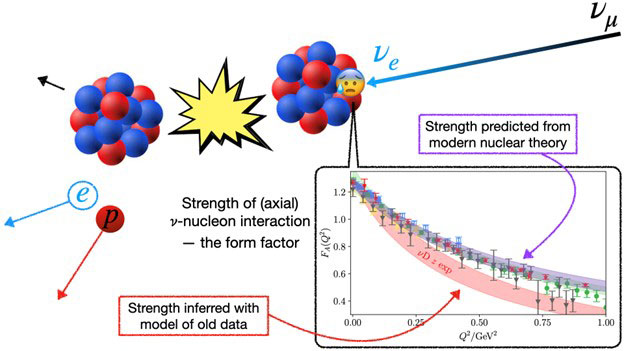Science Drivers of Particle Physics
Detailed descriptions of the science drivers are available in the Building for Discovery strategic report.
The Office of High Energy Physics promotes a broad, long term U.S. particle physics program centered on five science drivers that are intertwined, possibly more deeply than is currently understood. These compelling lines of inquiry show great promise for discovery over the next 10 to 20 years.

Use the Higgs boson as a new tool for discovery
The recently discovered Higgs boson is a form of matter never before observed, and it is mysterious. What principles determine its effects on other particles? How does it interact with neutrinos or with dark matter? Is there one Higgs particle or many? Is the new particle really fundamental, or is it composed of others? The Higgs boson offers a unique portal into the laws of nature.

Pursue the physics associated with neutrino mass
Neutrino physics has progressed dramatically over the past two decades, propelled by the surprising discoveries that neutrinos have mass and that they change between types as they travel. A diverse research program exploiting particle astrophysics, accelerator and reactor experiments has uncovered a new landscape in neutrino physics, with a promising future for continued discovery. Recent results indicate that answers to some of the most significant questions about neutrinos lie within reach of the next generation of experiments. Physicists now know that neutrinos exist in three types and that they oscillate, i.e., they change type as they move in space and time. The observed oscillations imply that neutrinos have masses. Many aspects of neutrino physics are puzzling, and the experimental picture is incomplete. Future experiments will address the questions: What is the origin of neutrino mass? How are the masses ordered (referred to as mass hierarchy)? What are the masses? Do neutrinos and antineutrinos oscillate differently? Are there additional neutrino types or interactions? Are neutrinos their own antiparticles?

Identify the new physics of dark matter
Astrophysical observations imply that the known particles of the Standard Model make up only about one-sixth of the total matter in the Universe. The rest is dark matter. Dark matter is presumed to consist of one or more kinds of new particles. The properties of these particles, which are all around us, are unknown. Dark matter represents a bizarre shadow world of fundamental particles that are both omnipresent and largely imperceptible. Experiments are poised to reveal the identity of dark matter, a discovery that would transform the field of particle physics, advancing the understanding of the basic building blocks of the Universe.

Understand cosmic acceleration: dark energy and inflation
Armed with the dual tools of telescopes that peer back in time and high-energy accelerators that study elementary particles, scientists have pieced together a story of the origin and evolution of the Universe. An important part of this story is the existence of two periods during which the expansion of the Universe accelerated. A primordial epoch of acceleration, called inflation, occurred during the first fraction of a second of existence. The cause of this inflation is unknown but may have involved currently unexplored physics at ultra-high energies. A second distinct epoch of accelerated expansion began about nine billion years later and continues today. This expansion is presumed to be driven by some kind of dark energy, which could be related to Einstein’s cosmological constant, or driven by a different type of dark energy that evolves with time.

Explore the unknown: new particles, interactions, and physical principles
There are clear indicators of new phenomena awaiting discovery beyond those motivating the other four drivers. Particle physics is a discovery science defined by the search for new particles and new interactions, and by tests of physical principles. The tools for this search are varied and include very high-energy beams of protons and electrons, intense beams of protons, and cosmic sources of ultra high-energy particles. The searches take two basic forms: directly producing and indirectly detecting evidence for new particles.



